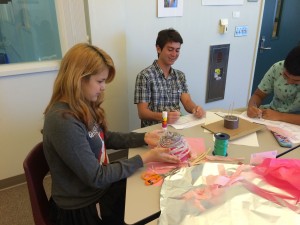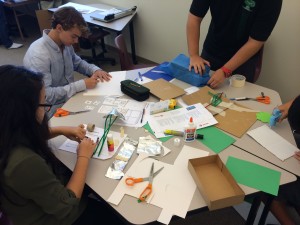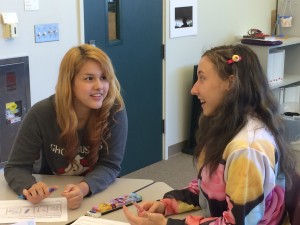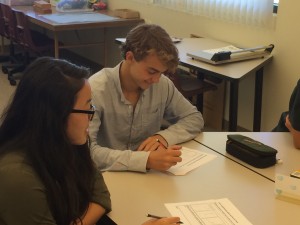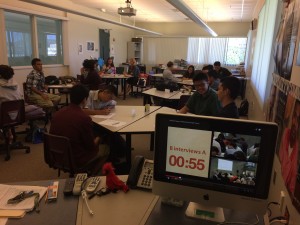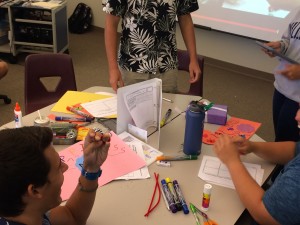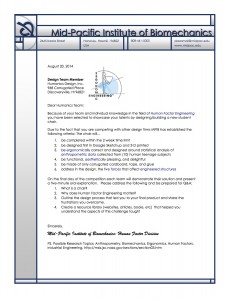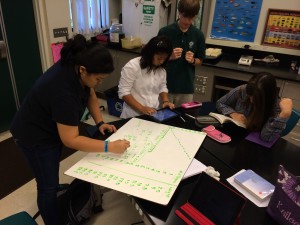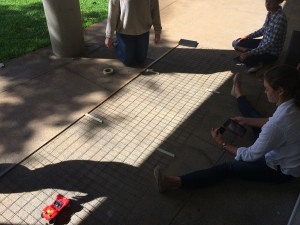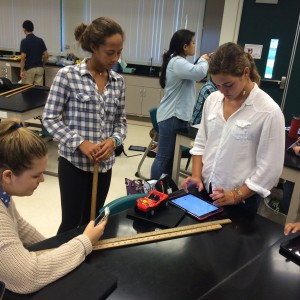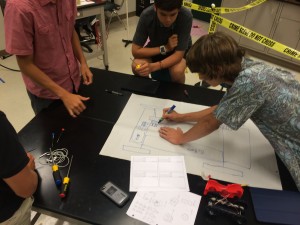The wondrous and wasteful world of water…
This week started with the official launch of our mini project on water quality. For a bunch of reasons both strategic and educational, Lyssa and I both wanted to do a quick dive into projects both to help us look at how our students work together, and to give them some ideas of the assessments, supports and structure we would use over the course of a longer project. We gave them the challenge of identifying a community in the United States that is struggling with a water quality issue, understanding the place and the people, investigating the water issue including possible solutions, and to present that information on Friday to a mock panel of experts that we deemed to be a “community board”. Over the course of the week they had an opportunity to explore with some new research tools like Wolfram Alpha, work on their library skills with a session in our library with our most excellent staff David Wee and Nicole Goff, work with their team taking on roles within the community, work with our media arts teacher Erin Carnes to design a graphic that would support a call to action and prepare and deliver presentation. yes – all in one week. Our panel consisted of Joshua Noga, the conservation program coordinator for the Sierra Club, two of our parents who are involved with community action and business development and our visual arts teacher. We were so appreciative of them taking the time to sit in and both listen to and ask hard questions of our student presenters over the course of two hours.
This gave Lyssa and I an opportunity to tightly script a project that was mapped out in a series of steps with deliverables, have us work with the students on formative and summative assessment practices, observe and jump into some of the groups to shape the way students work and learn in our class and to set the tone for the year. The pictures below gives some visual aspects of the story – I tried to caption them for their context in the above storyline. We took about 30 minutes to debrief the activity with the students, to talk about was what worked and what didn’t, and to give them a chance to reflect on their learning over the course of this experience. We certainly were energized by what we saw and heard over the last five days!
Next week, we start our investigation on chemistry and conflict – the ways that society, science and the physical world intersect and sometimes create tension and challenges in society.
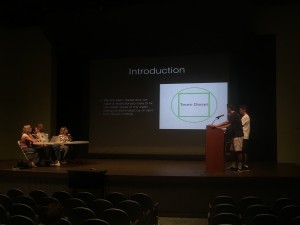
Group presentation on water quality in front of our mock community board
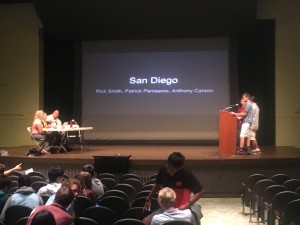
Presenting on water quality issues in San Diego
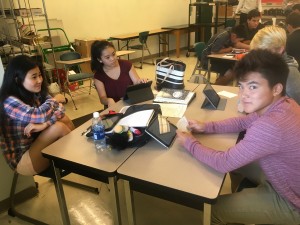
Thursday – time to practice our presentations for ironing out problems and feedback
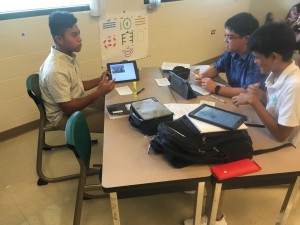
Practicing presentations for Friday within our groups
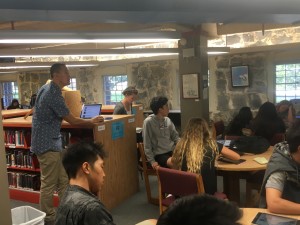
Learning about valid sources – the quote of the day was the Internet gives you what it thinks you want not what you need!
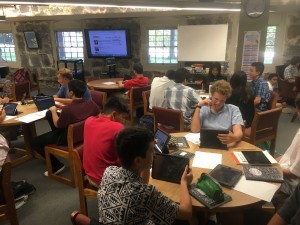
Considering what kinds of sources we consider valid – time with our librarians
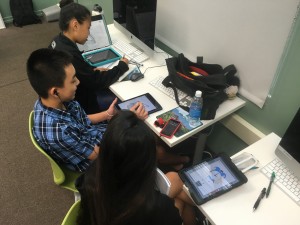
Working on our call for action artwork using a variety of tools
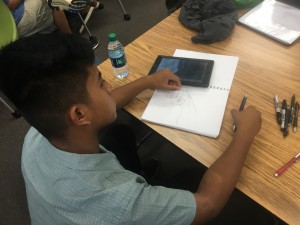
Designing graphics for a call to action
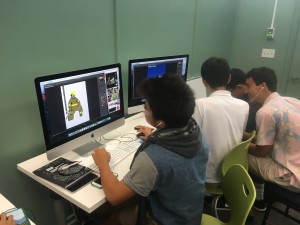
This graphic turned out marvelous – a firefighter shooting water hose to fill water for houses – metaphor for delivery of water two houses by firemen and police in impoverished communities

